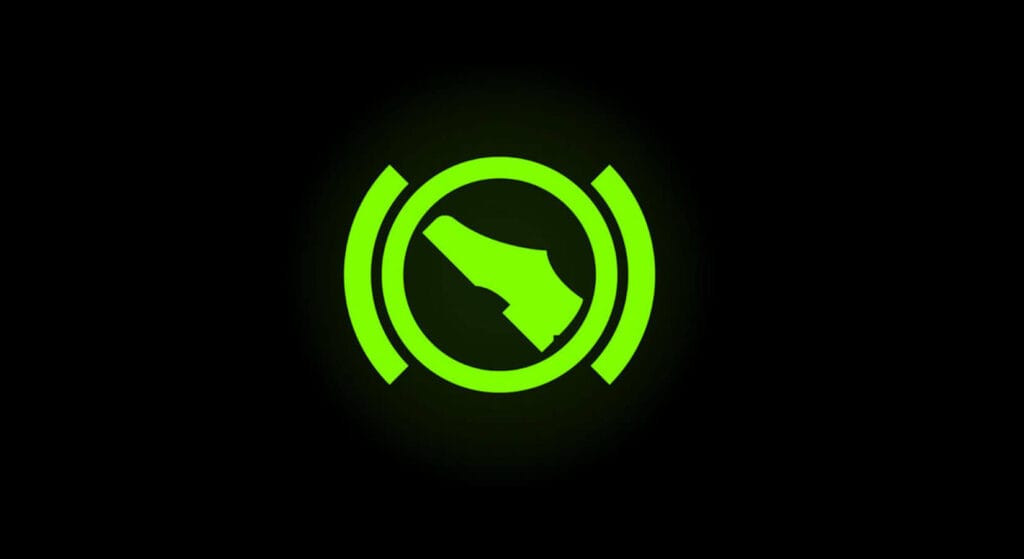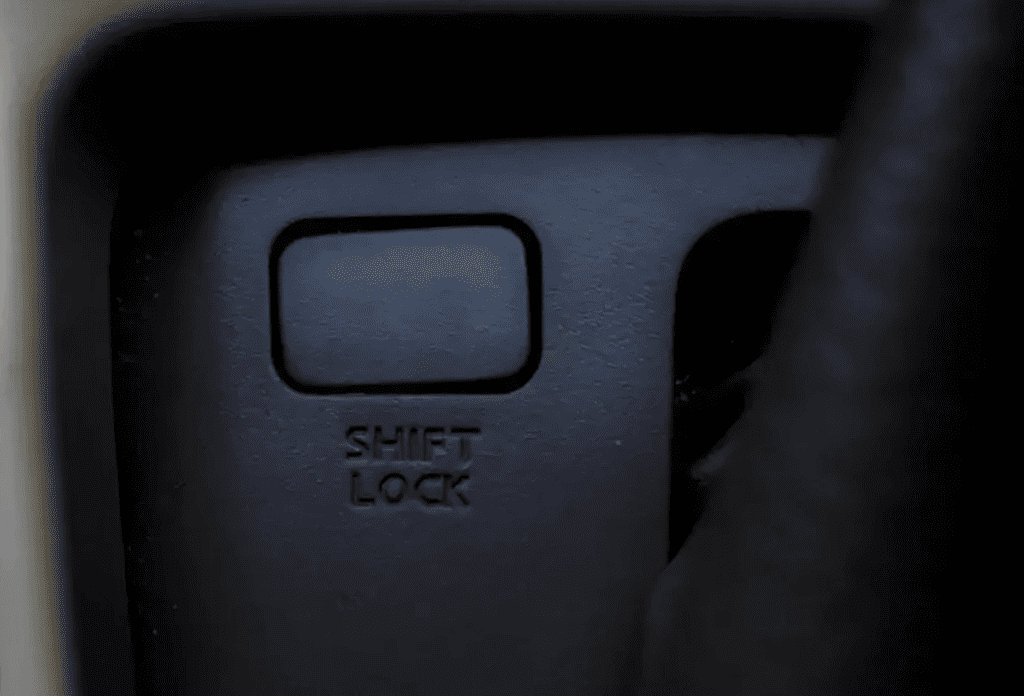Every driver knows the dashboard is a collection of enigmatic symbols and lights that communicate vital information. Yet, how many of us truly understand these mysteries? In this article, we’ll unravel two of these significant features: automatic shift lock and engine start indicators. Ready to crack the code? Let’s start this exciting journey!
Unlocking the Secrets of Shift Lock in Automatic Transmission
What does shift lock mean on automatic transmission? It’s a built-in safety feature that prevents accidental gear changes. Let’s dive deeper into its purpose and functionality:
Purpose
• Prevents unintended shifting from Park to Drive or Reverse.
• Ensures the brake pedal is pressed before shifting.
• Adds an additional layer of safety to prevent accidents.
Functionality
• Engages automatically when the ignition is turned on.
• Releases only when specific conditions are met.
• Minimizes accidental vehicle movements, especially on inclined surfaces.
Common Symbols
• Padlock symbol near the shift lever.
• Sometimes accompanied by a specific warning light.
• Can vary depending on the car’s make and model. Understanding shift lock is vital for smooth and safe driving, a mystery no longer!

Engine Start Operation Indicator Light: A Gleaming Guidepost
Wondering what the engine start operation indicator light means? It’s your car’s way of signaling the engine’s status. Here’s how it guides you:
Meaning
• Signals the car is ready to start.
• May blink or change color depending on the vehicle’s status.
• Informs about specific conditions like cold start or pre-glow in diesel engines.
Importance
• Aids in the correct starting procedure.
• Prevents potential damage to the engine.
• Enhances the longevity of the car by ensuring proper handling.
Interaction
• Works with other dashboard lights like oil pressure and battery status.
• Offers a complete picture of the engine’s condition.
• Part of the car’s overall diagnostic system. Stay attentive to this guidepost, and your engine will always be ready to roar!
Decoding the Symbols on Your Gear Shift: A Driver’s Handbook
Confused about the symbols on the gear shift? Let’s decode them:
P (Park)
• Locks the transmission, keeping the vehicle stationary.
• Ideal for stopping for prolonged periods or parking.
• Engages a mechanical lock in the transmission.
R (Reverse)
• Used for backing up.
• Should only be engaged when the car is at a complete stop.
• Different gear ratios may apply.
N (Neutral)
• Disengages the transmission from the engine.
• Allows the vehicle to roll freely.
• Often used during towing or when the engine is running but the car is stationary.
D (Drive)
• Engages the automatic transmission for normal driving.
• Allows the car to shift through gears automatically.
• Is the standard setting for everyday driving. Understanding these symbols paves the way for a controlled driving experience.
Navigating the Necessity of Gear Shift Indicators
Is a gear shift indicator necessary? Some would argue it’s indispensable for efficiency, guiding drivers to shift at optimal points for fuel-saving. By displaying the right moment to change gears, it promotes fuel-efficient driving, especially in manual vehicles. Studies show that proper gear shifting can improve fuel economy by up to 15%. Hence, it’s not merely a decorative feature but contributes to a more conscious and economical driving experience.
On the flip side, critics argue that with the rise of automatic transmission vehicles, gear shift indicators have become somewhat redundant. Experienced drivers may rely on intuition and sound of the engine rather than the indicators. Furthermore, modern automatic transmission systems are designed to shift at the most efficient points, making manual monitoring less critical. Despite these arguments, the gear shift indicator still serves as a valuable guide for new drivers and those who prioritize fuel efficiency.

Stuck in Shift Lock? A Roadside Repair Guide
How do you fix a shift lock on a car? If you find yourself stuck, follow these steps:
Locate the Shift Lock Override Button
• Usually found near the shift lever.
• Might be hidden under a small cap or cover.
• Consult your vehicle’s manual if you have difficulty finding it.
Press and Hold the Brake Pedal
• Essential for safety.
• Ensures the vehicle doesn’t move accidentally during the process.
Use a Screwdriver to Press the Button
• Gently use a screwdriver or similar tool to press the override button.
• This manual override will release the lock and allow you to shift gears.
Check for Underlying Issues
• Remember, this is a temporary fix.
• If the problem persists, it may indicate a deeper issue that requires professional attention.
When in Doubt, Seek Professional Help
• Not all shift lock issues can be resolved through the override button.
• Uchaincs, the mobile mechanic company in Canada, is equipped to handle more complex problems and can assist you right at your location.
Consider Preventive Measures
• Regular maintenance checks can prevent this issue from occurring.
• Being aware of the signs of a potential shift lock problem can help you address it before you get stuck on the road.
By following these steps and being aware of your vehicle’s specific mechanisms, you can effectively deal with a shift lock situation. Always prioritize safety and don’t hesitate to call for professional assistance if needed!
Disengaging Shift Lock Mode: Your Key to a Smooth Ride
How do I turn off Shift Lock mode? If you find yourself unable to move the gear lever out of park, the shift lock might be engaged. This is usually linked to a safety feature that ensures the brake pedal is pressed before shifting. Begin by checking the car’s manual, as every model may have unique procedures. Ensuring that the brake lights are working properly is crucial, as the system relies on this signal to release the lock.
Continuing with disengagement, inspecting the fuses for any damage might reveal the culprit behind a persistent shift lock. In some cars, there may be an emergency release button hidden near the shifter, allowing manual disengagement. However, it’s essential to remember that consistent issues with shift lock might indicate a deeper problem. When in doubt, seeking professional assistance is the best course of action, and Uchaincs, Canada’s top mobile mechanic company, is just a call away, ready to ensure a smooth ride.
Now that we’ve steered through the complexities of shift lock and engine start indicators, you’re ready to embrace the road with renewed confidence. Remember, understanding your vehicle is not just about knowing what’s under the hood; it’s about being in control and moving forward with assurance. Need professional assistance? Uchaincs is here to guide you on every turn and twist of your driving journey. Call Uchaincs Now! – Your Key to Stress-Free Driving
